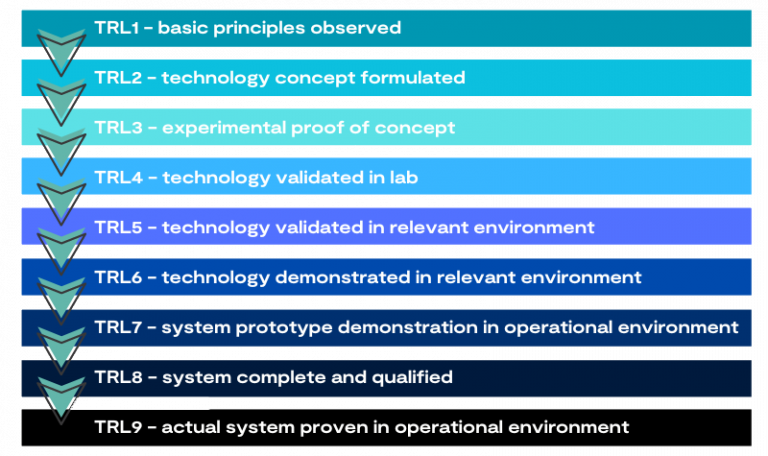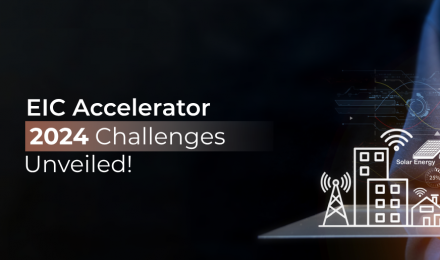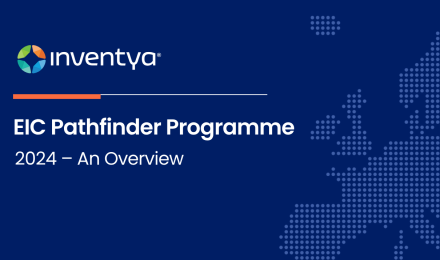Entrepreneurs and businesses can apply for funding for their innovative projects through a variety of avenues, with both national and international programmes available to pursue. Today, we are focussing on two key European funding programmes, open to both UK and European countries, but with differing requirements, budgets, and purposes. The EIC Accelerator and the EIC Pathfinder are the two main funding instruments under the European Innovation Council (EIC). Each serves a distinct purpose and targets different stages of the innovation lifecycle. This guide will help you determine which funding instrument is best suited for your project.
EIC Accelerator
Key Details
- Target Audience: SMEs and startups.
- Funding Type: Blended finance (grant and equity), with grants of up to €2.5 million for innovation activities only (TRL 5-8), and equity investments up to €15 million for market deployment (TRL 9).
- Purpose: To bring innovations to market and support scale-up activities.
- TRL Levels: Typically supports projects at Technology Readiness Levels (TRL) 6 to 9.
- Application Process: Three-step process involving a short application followed by a full proposal if shortlisted. Successful applicants then must complete a face-to-face interview with the EIC Jury.
- Application Cycle: Apply anytime, next cut-off: 3rd October 2024.
Overview
The EIC Accelerator focuses on scaling up high-risk, high-potential small and medium-sized enterprises (SMEs) and startups. The Accelerator funds mono-beneficiary (research and innovation projects conducted by one single organisation) and highly innovative projects at higher Technology Readiness Levels (TRLs) (see Figure 1), which are viable but not bankable due to their level of risk.
There are two routes within this programme, the EIC Accelerator Challenges for projects that match any of the pre-defined topics with a budget of €300 million, or the EIC Accelerator Open competition, which encourages proposals in any field of technology and has a budget of €375 million. Despite the route, the EIC Accelerator supports innovations that have already demonstrated a proof of concept and are ready to progress to commercialisation and market entry.
Figure 1: EIC Defined Technology Readiness Levels

EIC Defined Technology Readiness Levels
Applicants can apply for various types of funding within this programme, depending on their current TRL level and the TRL level they expect to reach. For example, you can apply for up to €2.5 million in non-dilutive grants (funding that does not require giving up equity in the company) for innovation activities only (TRL 5-8), which must be completed within 24 months. Alongside this, applicants can apply for investment of up to €15 million for market deployment (TRL 9), with a 7-to-10-year perspective.
However, applicants have the choice of applying for Grant Funding Only. This is for companies aiming to reach TRL 8 by the end of the project and continue further development without EIC support. Alternatively, they can choose the Blended Finance route, asking for a mix of both non-dilutive grant funding for innovation activities (TRL 5-8) and dilutive equity for market deployment (TRL 9). Finally, they can apply for Investment on its own, but only if they are companies that have already received an EIC Accelerator Grant.
Ideal For
- Projects with a validated proof of concept and clear commercial potential.
- Companies seeking significant funding to scale up and enter new markets.
- Innovations that require substantial investment to bridge the gap between development and market readiness.
EIC Pathfinder
Key Features
- Target Audience: Consortia of research organisations, universities, SMEs, and industry partners.
- Funding Type: Grants, typically up to €3 million for the Open call and up to €4 million for the Pathfinder Challenges.
- Purpose: To support visionary research and explore new technological possibilities.
- TRL Levels: Focuses on projects at TRL 1 to 4.
- Application Process: Single-stage proposal submission with detailed scientific and technical descriptions.
Application Cycle: Concrete deadlines for proposal submission. The EIC Pathfinder Open deadline was on the 7th March 2024, but the EIC Pathfinder Challenges competitions are open until the 16th of October.
Overview
The EIC Pathfinder funds lower TRLs, trans-disciplinary research-intensive projects in breakthrough areas of science and technology. Like the EIC Accelerator, there are two routes in this programme, with an Open competition (for projects in any field of science, technology, or application without predefined thematic priorities with a budget of €120 million) or the Pathfinder Challenges (for projects that match any of the predefined thematic areas with a budget of €136 million – see more information on the 2024 themes here).
The Pathfinder Open requires consortiums of different independent legal entities established in different countries, whereas the Pathfinder Challenge projects can be multi-beneficiary or single applicants.
Ideal For
- Research teams looking to explore groundbreaking scientific ideas.
- Projects in the initial stages of technological development without a clear path to market.
- Consortia aiming to collaborate on high-risk research with potential for major scientific breakthroughs.
How to Choose the Right Instrument
Consider Your Project’s Stage
- If your project is in the research phase, aiming to prove a novel concept with high scientific risk, the EIC Pathfinder is the right choice.
- If your innovation is at the development stage with proven feasibility and requires support for scaling up and market entry, the EIC Accelerator is more suitable.
Evaluate Funding Needs
- The EIC Pathfinder offers substantial grants for early-stage research but does not provide equity investment.
- The EIC Accelerator provides blended finance, combining grants with equity investments, ideal for projects needing significant capital to scale.
Assess Partnership Requirements
- The EIC Pathfinder Open often requires collaboration between multiple entities, including academic and research institutions.
- The EIC Pathfinder Challenges require only single applicants or small consortia (two partners).
- The EIC Accelerator is geared towards individual SMEs and startups, though partnerships can also be beneficial.
Strategic Goals
- For long-term visionary research with the potential to create entirely new markets, opt for the EIC Pathfinder.
- For innovations with immediate commercial potential and scalability, the EIC Accelerator offers the necessary resources to achieve market success.
Conclusion
Both the EIC Accelerator and EIC Pathfinder are great opportunities for companies and researchers, with the ultimate goal of fostering innovation within the European Union. By understanding the unique features and purposes of each funding instrument, you can strategically choose the one that aligns best with your project’s stage, goals, and funding requirements. Leveraging these instruments effectively can accelerate your journey from groundbreaking research to market leadership.

If your project has the potential to significantly impact the technological landscape and societal progress, Inventya can be your partner. Our expertise in helping companies write and submit European funding applications positions us uniquely to support your ambitions. We’re here to assist in aligning your project with the most suitable EIC funding opportunity, enhancing the strength of your application and improving your chances of success. Book a free consultation here.



